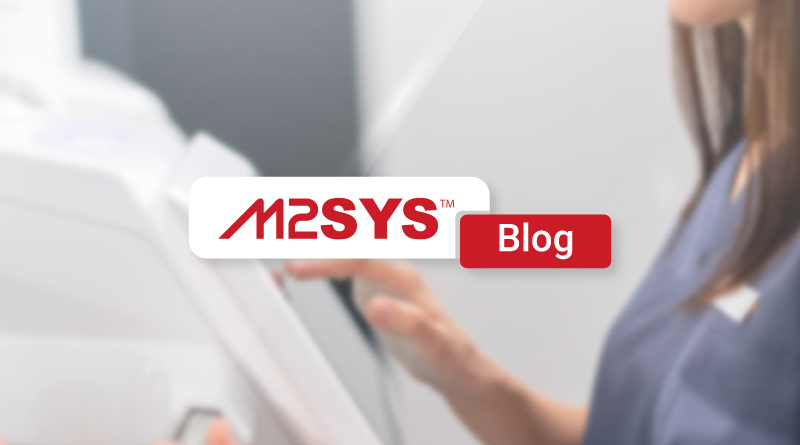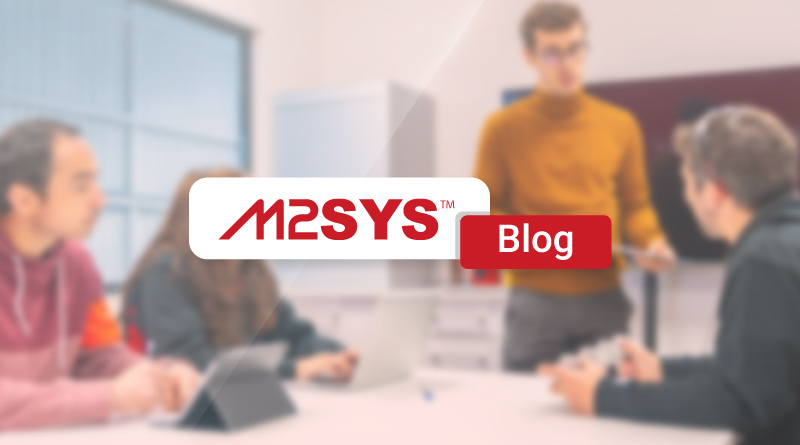How Unified Detainee Systems Reduce Risk, Errors, and Operational Bottlenecks
Unified detainee systems reduce risks and errors in law enforcement by centralizing records. This approach enhances accuracy, speeds up operations, and ensures accountability, addressing challenges faced by police departments and correctional facilities.
What if a simple error in detainee records could lead to a wrongful release or a major security breach in your local jail? Law enforcement agencies face this reality every day, and the stakes are high. Fragmented systems and manual processes create risks that no department can afford to ignore. However, unified detainee systems change that by bringing everything together in one place. They cut down on mistakes, speed up operations, and keep everyone accountable. In this article, we look at how these systems tackle real challenges and deliver results for police departments, correctional facilities, and public safety agencies.
Why Do Law Enforcement Agencies Struggle with Detainee Management?
Law enforcement teams often deal with outdated methods that rely on paper logs and separate databases. This setup leads to fragmented workflows where information gets lost or delayed. For example, when officers transfer a detainee from booking to housing, mismatched records can cause confusion. Such issues not only slow things down but also raise the chance of errors that affect detainee safety and agency liability. In fact, studies show that manual data entry contributes to up to 20% of errors in correctional settings. Additionally, delayed data sharing between departments means critical details like health records or custody status stay hidden, leading to poor decisions during emergencies. These problems build up, creating operational bottlenecks that drain resources and increase costs.
How Does a Centralized Detainee Tracking System Improve Accuracy?
A centralized detainee tracking system for law enforcement pulls all records into one secure platform. This approach eliminates the chaos of scattered files and ensures everyone sees the same up-to-date information. Officers can track detainee movements, status changes, and health needs in real time. As a result, errors drop because the system flags inconsistencies right away. For instance, if a detainee’s medical alert gets overlooked in a paper system, it could lead to serious issues. But with centralization, alerts pop up automatically, so teams respond quickly. Moreover, this setup supports compliance with legal standards by maintaining clear audit trails. Agencies avoid penalties from noncompliance, and they build trust with the public through transparent operations. To further streamline operations, agencies can explore tools to manage activities more effectively.
What Role Do Mobile Tools Play in Field Operations?
Field officers need quick access to detainee data during bookings, transports, or incidents. Without it, they waste time calling back to headquarters or dealing with outdated info. Integrated mobile tools solve this by letting officers update and view records on their devices. Therefore, communication improves, and response times shorten. Imagine an officer at a scene who can instantly check a detainee’s history—this prevents surprises and enhances safety. In turn, these tools reduce high operational costs tied to delays and rework. Police departments that adopt them see smoother workflows, from initial arrest to court processing.
Can Real-Time Analytics Help Manage Facility Capacity?
Yes, real-time analytics provide command staff with insights into detainee volumes, incident patterns, and resource needs. This data helps allocate staff and space more effectively, avoiding overcrowding or underuse. For example, if analytics show rising intake numbers, leaders can adjust shifts accordingly. Consequently, risks like facility breaches or health outbreaks decrease. These tools also highlight trends, such as repeat offenses, so agencies plan better prevention strategies. Overall, analytics turn raw data into actionable plans that cut bottlenecks and support long-term efficiency.
Real-World Examples of Successful Implementations
Take the Salt Lake County Sheriff’s Office in Utah. They integrated a centralized system to manage inmate data from intake to release. This move improved consistency across booking and housing, reducing errors and boosting efficiency. Similarly, various U.S. correctional facilities have used these systems for identity verification of inmates and visitors. By centralizing tracking, they cut down on fraud and strengthened security. These cases show how such solutions address pain points like integration issues and compliance in real settings. To learn more, consider the benefits of inmate management.
How M2SYS eGov Addresses These Challenges
With over 20 years of experience partnering with governments and law enforcement agencies worldwide, including in the United States, M2SYS eGov builds and delivers solutions that modernize operations. Their Law Enforcement Management Solution acts as a unified platform for detainee tracking and workflow management. It solves fragmented processes by centralizing records, enabling real-time sharing across departments. For investigative units and correctional administrations, this means faster case tracking and fewer delays in data entry. Government ministries benefit from automated workflows that handle everything from booking to court integration, easing compliance burdens. Public safety agencies gain mobile access for field officers, which speeds up responses and reduces errors. In short, M2SYS eGov helps agencies overcome legacy system limitations without major disruptions. If your department faces these issues, exploring this platform could make a real difference in daily operations. For more information, visit the eLaw Solution page.
Moving Forward with Unified Systems
Adopting a centralized detainee tracking system for law enforcement marks a smart step toward safer, more efficient practices. It directly tackles risks, errors, and bottlenecks that plague many agencies today. By focusing on precision and transparency, these systems support better resource use and legal adherence. Law enforcement leaders who act now can avoid future headaches and position their teams for success. Consider how such a system might fit your needs—it could be the key to smoother, more reliable detainee management.
FAQs About Centralized Detainee Management in Law Enforcement
- Why do fragmented systems pose a challenge in detainee management?
Fragmented systems lead to miscommunication and errors in detainee management by spreading information across multiple platforms. This inadequacy increases the chance of errors during data transfer, affecting overall detainee safety and operational efficiency. For a deeper understanding, check out how to manage activities more effectively. - How does a centralized detainee tracking system enhance accuracy?
Centralized systems eliminate outdated manual processes by allowing real-time tracking and information sharing. This method reduces errors by maintaining a single source of truth for all detainee data. - What benefits do mobile tools offer in field operations?
Mobile tools allow officers to access and update detainee information directly from the field, leading to improved communication and rapid responses, significantly enhancing operational efficiency. - How do real-time analytics improve facility management?
Real-time analytics offer insights into detainee volume, incident patterns, and resource allocation, helping reduce overcrowding and enhance strategic planning. To understand how these systems integrate effectively, you might explore inmate management. - What role does M2SYS eGov play in modernizing law enforcement agencies?
M2SYS eGov provides integrated solutions to streamline detainee tracking and workflow management, addressing inefficiencies in manual and fragmented systems. Discover more by visiting their eLaw Solution.










